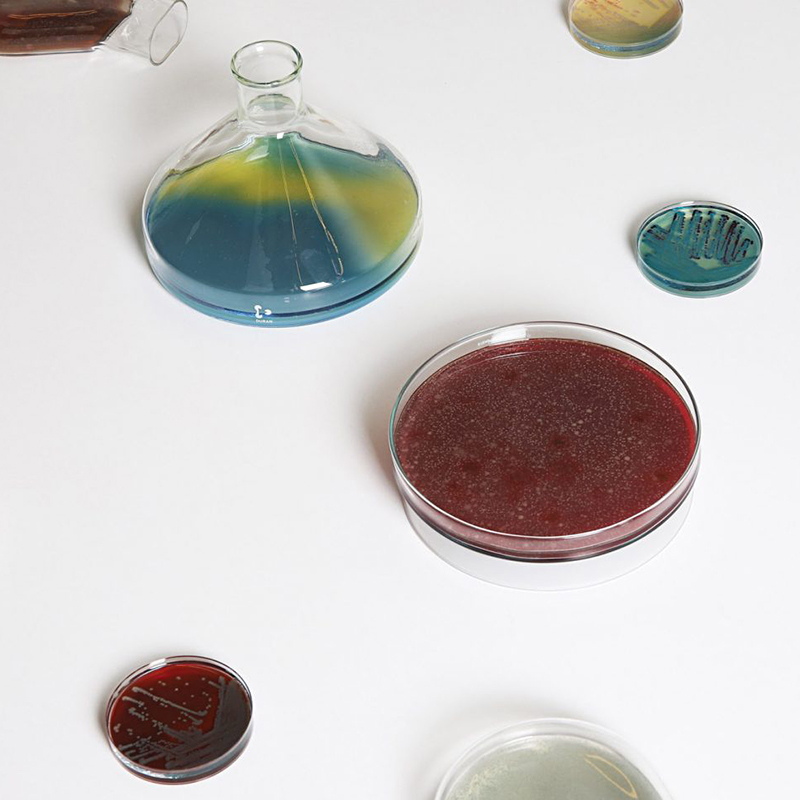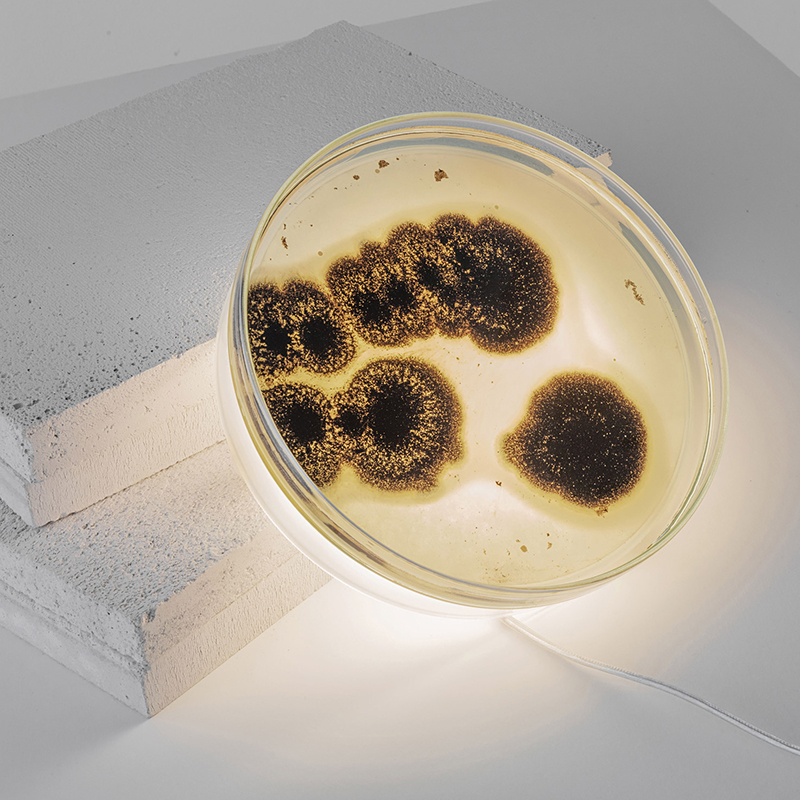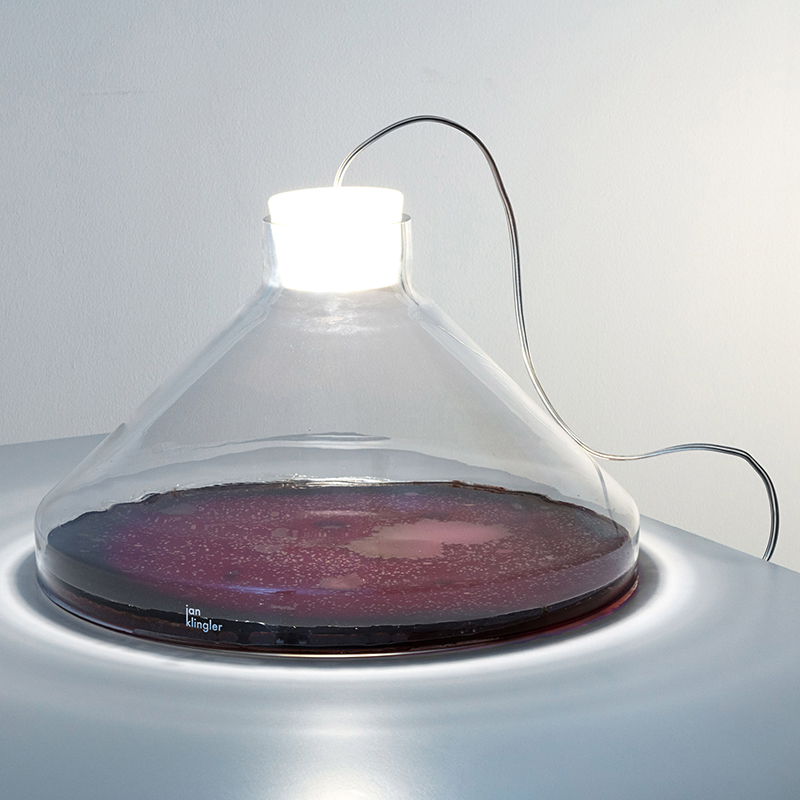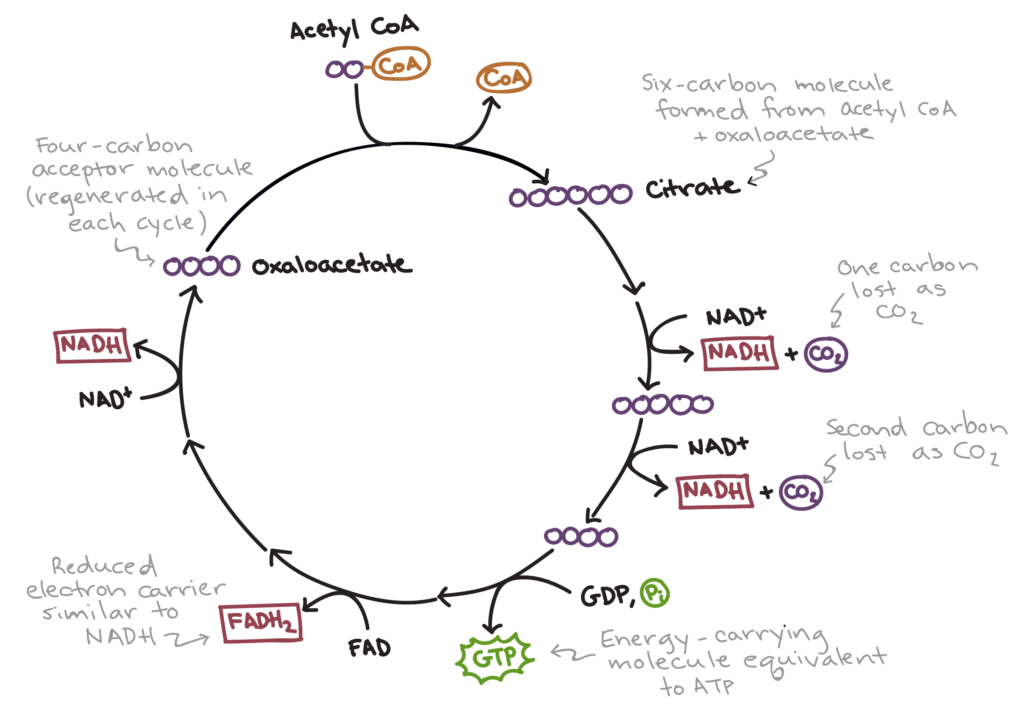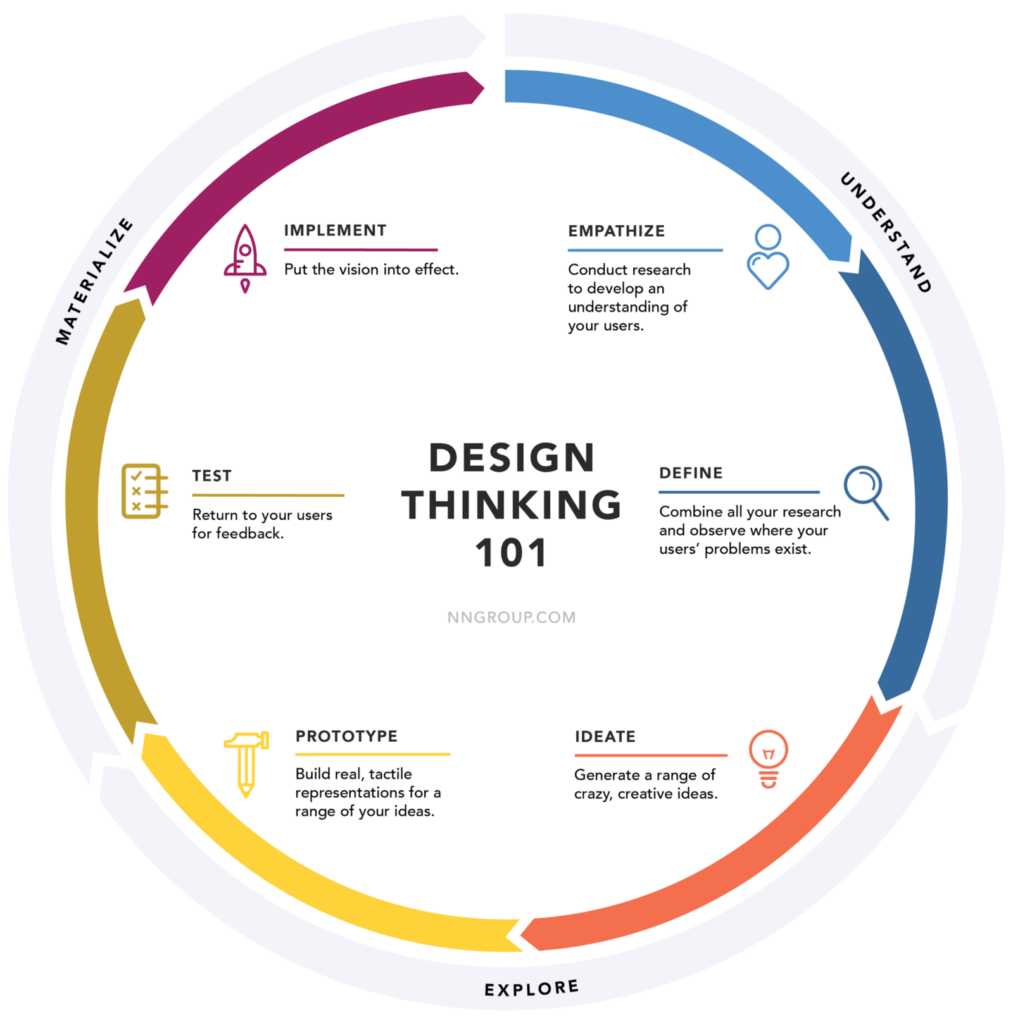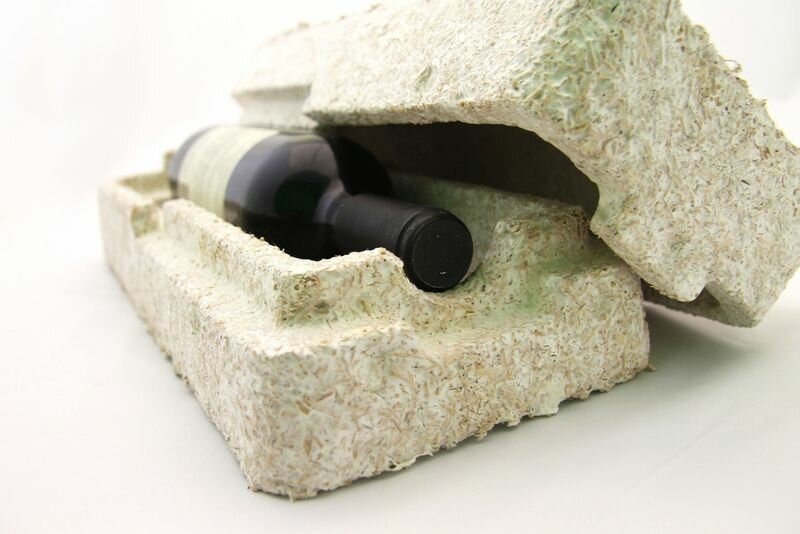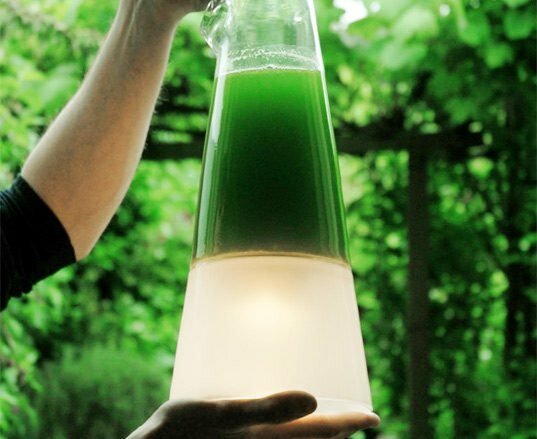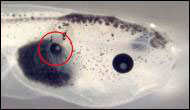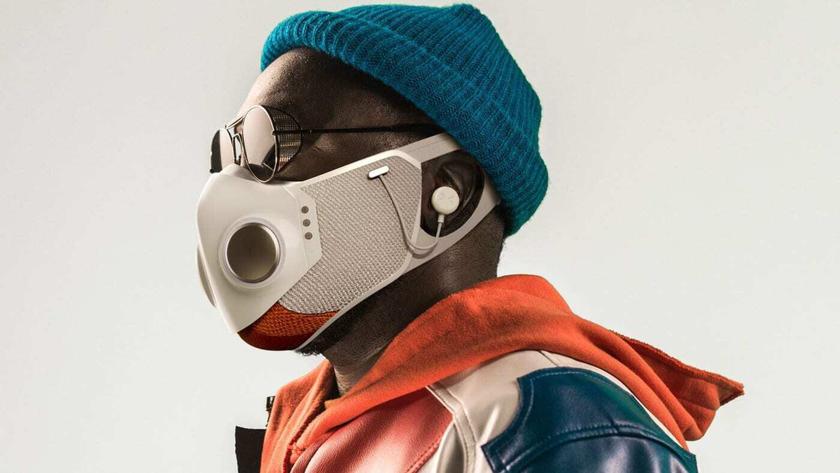The design that surrounds us in everyday life is partly limited by its practicality. His goal is, first of all, to solve current problems, or at least to make the world a little brighter. But in 2021, that’s not enough. In an era of rapid technological development, this approach is becoming a form of denial of all the difficulties and challenges that the future presents for us.
Speculative design is one of the most interesting areas. Its purpose is to simulate possible scenarios for the future. Speculative design tends to question the things we are used to and ask strange questions: what if we give up our inalienable rights and freedoms in favor of the state? What if gadgets control our behavior? What if, instead of a human child, a woman decides to give birth to a shark? Sounds intriguing, right?
What is speculative design?
Speculative design emerged in the early 90s as a result of the fusion of discursive and critical design approaches. A relatively new phenomenon, it has managed to become a major platform for discussion of ethical, cultural, social and political predictions and consequences in a short time.
In Speculative World, pioneers Anthony Dunn and Fiona Raby say that speculative design owes its success to imagination. Working on such projects, designers get complete creative freedom. They are constantly looking for new solutions, since the goal of speculative design is to create products and services for different scenarios in the “What if …?” Style.
Practice shows that creatives prefer to reflect on the most terrible situations in which society may find itself in the future. We hope their projects will help make this world a better place.
5 impressive speculative design projects
Facestate
Facestate is a research project by the Amsterdam-based design studio Metahaven that criticizes contemporary liberalism.
On Facebook, we talk a lot about the importance of human rights and freedoms, we often share publications about the non-interference of the state in the economy, and we love posts about the free market. However, the most popular social network in the world is not going to follow these principles. Facebook is fighting for a monopoly and, having bought up WhatsApp, Instagram and a dozen other large companies, daringly changes the terms of user agreements in its favor.
The implications of Facebook’s influence on our lives in the Facestate project are described down to the smallest detail. What if this social network becomes an independent state that brings social contract theory to life? After blindly accepting any user agreement, we allow Facebook to control social processes.
To demonstrate what happens if people give up their rights in favor of a hypothetical state, the designers created the identity of the fictional state Facestate with a passport, a facial recognition device, a digital wallet and other attributes of the concept.
Metahaven’s Facestate / Walker
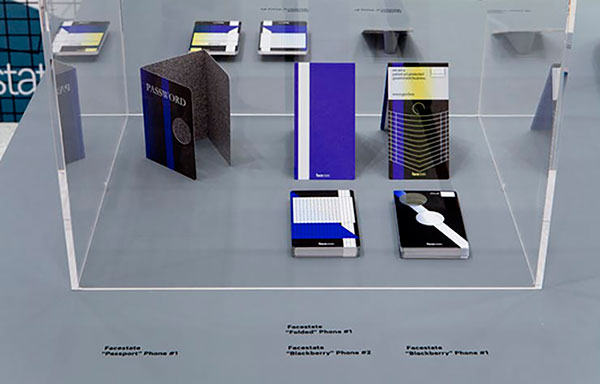
I Wanna Deliver a Shark
According to the non-profit organization Forum for the future, the world’s population will grow by another billion by 2025. This figure is staggering and alarming, but Japanese designer Ai Hasegawa did not lose her head and came up with a bold solution to the problem.
She suggested that in the future there will be alternative technologies that will allow women aged 30-40 years to carry and give birth to animals of endangered species. Thus, with the help of biomedicine, we can avoid overpopulation and use the reproductive capabilities of women for the benefit of humanity.
At first glance, the project seems like a fantasy of a mad scientist, but Ai Hasegawa’s theory is based on scientific evidence. The designer conducted research and developed a scheme by which this project can be put into practice.
In case, she have the project “I wanna deliver a dolphin” as well.
I Wanna Deliver a Shark / Ai Hasegawa
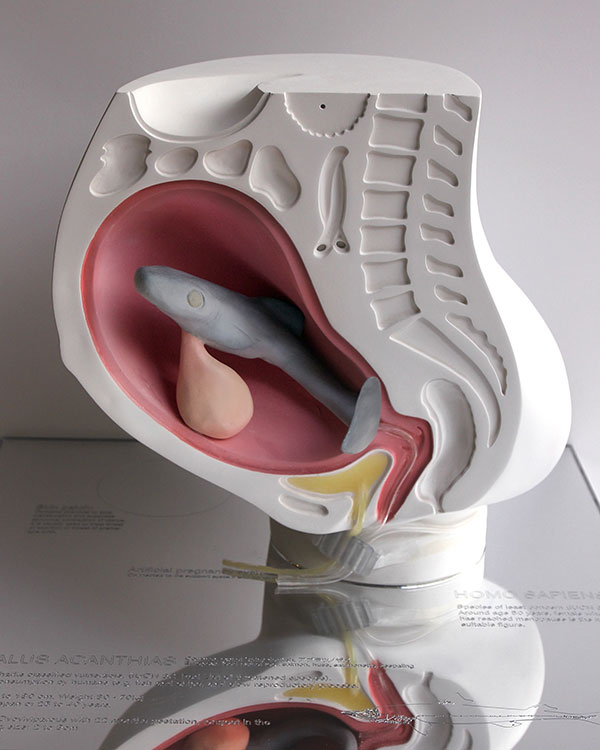
Natural history of Enigma
Eduardo Katz is a designer working on projects at the intersection of art and science. Its goal is to give biotechnology a poetic and philosophical meaning. For example, in the project “Natural History of Enigma” he traces the relationship and the possibility of combining different species of animals and plants.
It took the designer five years to create a new form of life – the genetically modified Edunia flower – a hybrid of petunia and the artist’s own DNA. The red veins on the flower are like veins, and the petals are colored in the color of human skin.

Although many questions arise regarding the realism of such a future, the project itself went far beyond the imagination and became a full-fledged scientific experiment, which scientist Neil Olszewski helped Eduardo to implement.

